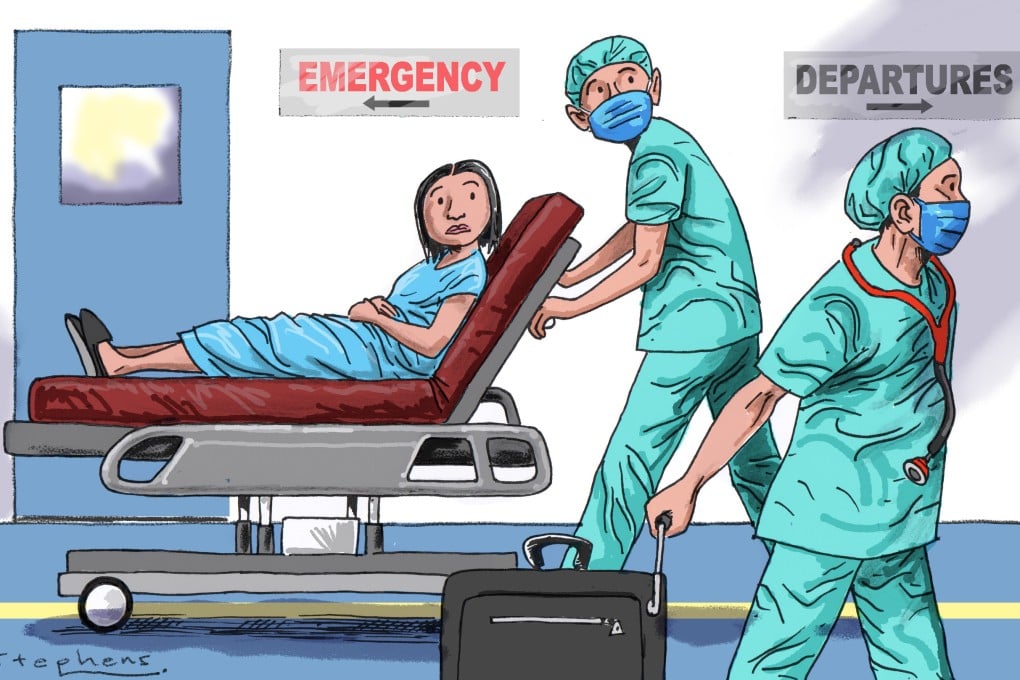Advertisement
Opinion | Hong Kong should ensure its investment into training doctors pays off
- The time and money spent on each doctor in Hong Kong are massive, but that investment is still ill-conceived and pales compared to private sector incentives
- The Hospital Authority should take some ideas from the private sector, such as letting doctors leave their contract only after repaying their training debts
Reading Time:4 minutes
Why you can trust SCMP
3

Steve Wynn once said, “Human resources isn’t a thing we do. It’s the thing that runs our business.” If a land developer sees their employees as vital as the organs of a company, it is an understatement to say the same for physicians in health care.
The time and money spent on each doctor in Hong Kong are massive. It costs the city HK$3.6 million (US$461,000) over six years to train one general practitioner. That is about the cost of one small apartment in Hong Kong, a city notorious for exorbitant property prices.
The bill the government foots for training a specialist for an additional six years is higher, though less well-documented. That is because specialist trainees learn as they work. Rather than a flat tuition fee, the cost comes indirectly in various forms: sponsorship for overseas training, consultant doctors’ time spent mentoring them and monetary and health costs incurred in mistakes requiring mediation or even medicolegal resolutions.
Advertisement
That the exodus of healthcare providers from the public sector has made headlines is hardly surprising. Against the backdrop of an ageing population, Hongkongers are right to worry about tax budgets being squandered to no avail.
Hong Kong’s doctor-to-population ratio of two per 1,000 citizens is low compared Germany’s 4.5 or Singapore’s 2.5. Yet, the ratio has barely budged since University Grants Committee-funded medical training places increased by 60 per year. Where have our doctors gone?
Advertisement
In the Hospital Authority, the biggest stakeholder in health care in Hong Kong, the turnover rate of doctors rose from 4.1 per cent in 2020 to 8.2 per cent in 2022. If you look closer, the picture is more complex. In accident and emergency (A&E), radiology, ophthalmology, anaesthesiology and pathology, more than 10 per cent of fully trained specialists left public institutions compared to only 4 per cent in paediatrics and neurosurgery.
Advertisement
Select Voice
Choose your listening speed
Get through articles 2x faster
1.25x
250 WPM
Slow
Average
Fast
1.25x
